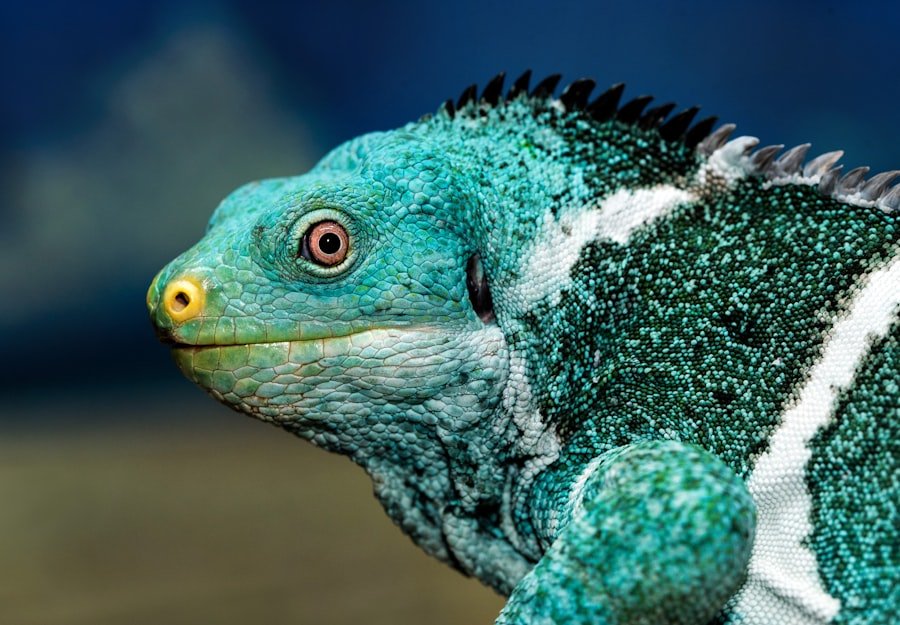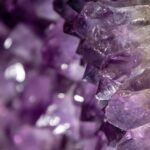The Cayman Islands, a British Overseas Territory located in the western Caribbean Sea, is renowned for its stunning natural beauty and vibrant ecosystems. Comprising three islands—Grand Cayman, Cayman Brac, and Little Cayman—this tropical paradise is not only a popular tourist destination but also a haven for diverse wildlife. The islands boast a unique blend of lush landscapes, crystal-clear waters, and rich cultural heritage, making them an attractive location for both relaxation and adventure.
With a population of around 65,000 residents, the islands are characterized by their warm hospitality and a laid-back lifestyle that draws visitors from around the globe. The geography of the Cayman Islands plays a significant role in shaping its ecosystems. Grand Cayman, the largest of the three islands, features a mix of sandy beaches, coral reefs, and mangroves, while Cayman Brac and Little Cayman are known for their rugged cliffs and untouched natural beauty.
The islands’ tropical climate, with warm temperatures year-round and seasonal rainfall, supports a rich variety of flora and fauna. This unique environment has made the Cayman Islands a focal point for ecological studies and conservation efforts, as well as a prime location for wildlife enthusiasts seeking to explore its diverse habitats.
Key Takeaways
- The Cayman Islands are a British Overseas Territory located in the Caribbean Sea, known for their stunning beaches, crystal-clear waters, and diverse wildlife.
- The marine life in the Cayman Islands is abundant and diverse, with opportunities for snorkeling and diving to see colorful coral reefs, stingrays, and a variety of fish species.
- Birdwatching in the Cayman Islands offers the chance to spot a wide range of bird species, including the Cayman parrot, West Indian whistling duck, and various migratory birds.
- The reptiles and amphibians of the Cayman Islands include the critically endangered Cayman blue iguana and the Cayman islands boa, both of which are unique to the region.
- The Cayman Islands are home to several endemic species, including plants, birds, and reptiles, making it a hotspot for biodiversity and conservation efforts.
Marine Life in the Cayman Islands
Exploring the Underwater World
Snorkelers and divers flock to sites like Stingray City and the Bloody Bay Marine Park to experience the underwater wonders firsthand. At Stingray City, visitors can interact with friendly southern stingrays in shallow waters, while Bloody Bay offers breathtaking wall dives teeming with marine life.
A Diverse Range of Marine Life
In addition to the coral reefs, the waters around the islands are also home to larger species such as nurse sharks and manta rays. The presence of these creatures highlights the importance of maintaining healthy marine ecosystems.
Conservation Efforts
The Cayman Islands have established several marine parks and protected areas to safeguard these habitats from overfishing and pollution. The commitment to marine conservation is evident in initiatives aimed at preserving the delicate balance of life beneath the waves, ensuring that future generations can enjoy the same breathtaking experiences that draw visitors today.
Birdwatching in the Cayman Islands

Birdwatching in the Cayman Islands offers a unique opportunity to observe both resident and migratory bird species in their natural habitats. The islands are home to over 200 species of birds, making them an attractive destination for ornithologists and casual birdwatchers alike. Among the notable residents are the endemic Grand Cayman parrot and the Cayman Islands’ national bird, the brown booby.
These species can often be spotted in various habitats, from coastal areas to lush forests. The diverse ecosystems found on the islands provide ideal conditions for birdwatching. The mangroves along the coast serve as crucial nesting sites for many species, while the inland forests offer shelter and food sources.
Birdwatchers can explore locations such as the Queen Elizabeth II Botanic Park or the Mastic Trail, where they may encounter a variety of birds including herons, egrets, and warblers. The seasonal migration patterns also bring an influx of birds during certain times of the year, adding to the excitement for those keen on observing avian life.
Reptiles and Amphibians of the Cayman Islands
| Species | Number of Species | Endemic Species |
|---|---|---|
| Reptiles | 26 | 4 |
| Amphibians | 3 | 0 |
The reptilian population of the Cayman Islands is diverse and fascinating, with several species that are unique to this region. Among them is the critically endangered Grand Cayman blue iguana, which has become a symbol of conservation efforts on the islands. Once on the brink of extinction due to habitat loss and invasive species, dedicated programs have been implemented to protect this remarkable creature.
These efforts include breeding programs and habitat restoration initiatives aimed at increasing their numbers in the wild. In addition to iguanas, the islands are home to various other reptiles such as anoles and skinks. While amphibians are less prevalent due to the islands’ dry climate, there are still some notable species like the Cayman tree frog.
These reptiles and amphibians play essential roles in their ecosystems as both predators and prey, contributing to the overall biodiversity of the islands. Observing these creatures in their natural habitats can be a rewarding experience for nature enthusiasts.
Endemic Species of the Cayman Islands
Endemic species are those that are native to a specific geographic area and found nowhere else in the world. The Cayman Islands boast several endemic species that highlight their unique ecological heritage. The Grand Cayman blue iguana is perhaps the most famous example; this striking reptile has adapted specifically to its island environment.
Conservation efforts have focused on protecting this species from threats such as habitat destruction and invasive predators. Another notable endemic species is the Cayman brac parrot, which is smaller than its Grand Cayman counterpart but equally important to local biodiversity. These parrots thrive in forested areas where they feed on fruits and seeds.
The presence of these endemic species underscores the importance of preserving their habitats to maintain ecological balance. Protecting these unique creatures not only contributes to global biodiversity but also enhances the natural allure of the Cayman Islands for visitors.
Conservation Efforts in the Cayman Islands

Conservation efforts in the Cayman Islands have gained momentum over recent years as awareness of environmental issues has increased among residents and visitors alike. Various organizations work tirelessly to protect local wildlife and their habitats through education, research, and community engagement. The National Trust for the Cayman Islands plays a pivotal role in these efforts by promoting conservation initiatives and advocating for sustainable practices.
One significant project has been focused on restoring habitats for endangered species like the Grand Cayman blue iguana. This initiative includes breeding programs that have successfully increased their population numbers from just a few dozen individuals to over 1,000 today. Additionally, invasive species management has become a priority as non-native animals threaten local wildlife.
By addressing these challenges head-on, conservationists aim to create a sustainable future for both wildlife and human communities on the islands.
Wildlife Tourism in the Cayman Islands
Wildlife tourism has emerged as a vital component of the economy in the Cayman Islands, attracting nature lovers from around the world who seek immersive experiences with local flora and fauna. Tour operators offer guided excursions that allow visitors to explore marine environments through snorkeling or diving trips while also providing opportunities for birdwatching and wildlife observation on land. This type of tourism not only enhances visitors’ appreciation for nature but also generates revenue that supports conservation efforts.
The growth of wildlife tourism has prompted local authorities to implement regulations aimed at minimizing environmental impact while maximizing visitor enjoyment. Sustainable practices are encouraged among tour operators to ensure that wildlife encounters are respectful and do not disrupt natural behaviors. By fostering responsible tourism, the Cayman Islands can continue to thrive as a destination that celebrates its unique biodiversity while promoting conservation initiatives.
Tips for Exploring Wildlife in the Cayman Islands
Exploring wildlife in the Cayman Islands can be an enriching experience if approached with respect for nature and an understanding of local ecosystems. One essential tip is to choose eco-friendly tour operators who prioritize sustainable practices during excursions. This ensures that wildlife encounters are conducted responsibly without causing harm to delicate habitats or stressing animals.
Additionally, visitors should consider timing their trips according to seasonal patterns for optimal wildlife viewing opportunities. For instance, certain bird species may be more visible during migration seasons or nesting periods. Bringing binoculars can enhance birdwatching experiences while snorkeling gear allows for exploration of underwater ecosystems teeming with life.
Lastly, practicing Leave No Trace principles is crucial when exploring natural areas. This includes staying on designated trails, avoiding littering, and respecting wildlife by observing from a distance rather than attempting direct interaction. By following these guidelines, visitors can enjoy all that the Cayman Islands have to offer while contributing positively to conservation efforts aimed at preserving this unique paradise for future generations.
If you’re interested in learning more about the wildlife in the Cayman Islands, you may want to check out the article on the Hydroworld Cayman Islands website. They offer a variety of services related to exploring the underwater world of the Cayman Islands, making it a great resource for those looking to learn more about the diverse marine life in the area. You can find more information on their services and products by visiting their website.



